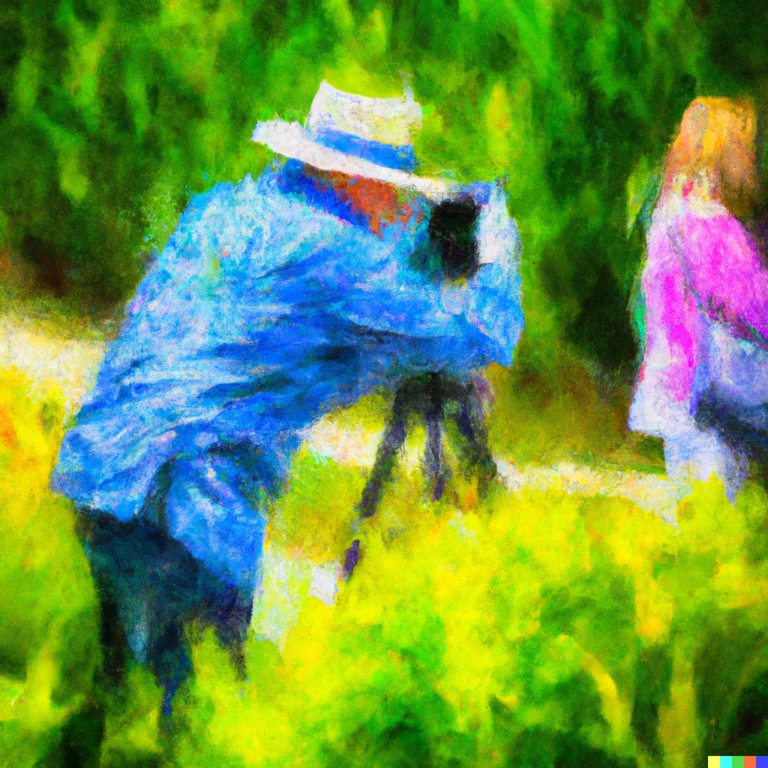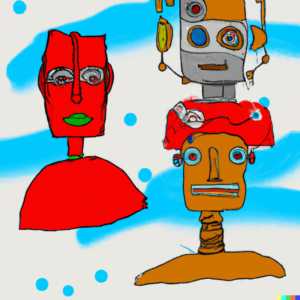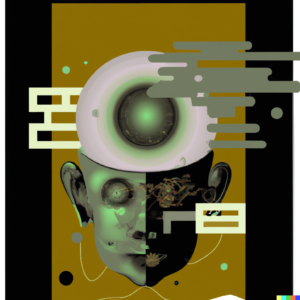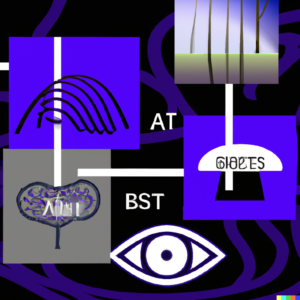In recent years, the field of computer vision has made tremendous progress, and with it, the development of image generation models. These models are capable of creating new images based on a set of input parameters. This has numerous applications, including generating new art, creating realistic-looking images for video games, or creating synthetic data for machine learning models.
With the increasing interest in image generation, there are many models to choose from, each with its strengths and weaknesses. In this blog post, we will discuss the best image generation models available and their use cases.
Generative Adversarial Networks (GANs)
Generative Adversarial Networks, or GANs, are one of the most popular and successful models for image generation. They consist of two parts: a generator and a discriminator. The generator creates images, while the discriminator evaluates them and determines if they look real or fake.
The two parts are trained against each other in a game-theoretic manner, with the generator trying to create images that look real, and the discriminator trying to differentiate between real and fake images. Over time, the generator becomes better at creating images that look real, while the discriminator becomes better at detecting fake images.
GANs are known for their ability to generate high-quality, realistic-looking images, and they have been used in a variety of applications, including creating realistic faces, landscapes, and even images of celebrities. They are also highly versatile and can be used with many different types of data, including both categorical and continuous data.
Variational Autoencoders (VAEs)
Variational Autoencoders, or VAEs, are another popular type of image generation model. They are a type of generative model that consists of two parts: an encoder and a decoder. The encoder compresses the input data into a lower-dimensional representation, and the decoder generates the output image.
VAEs are trained by optimizing a loss function that measures the difference between the input data and the output image. Unlike GANs, VAEs are trained using reconstruction loss, which measures the difference between the input and the reconstructed image. This makes VAEs more stable to train and less prone to overfitting compared to GANs.
One of the strengths of VAEs is their ability to generate diverse images, even with a limited number of input parameters. They have been used in many applications, including creating new images of faces, landscapes, and even animations.
Autoregressive Models
Autoregressive models are another popular type of image generation model. They generate new images one pixel at a time, based on the previous pixels in the image. This makes them highly efficient and easy to train, as they only need to be trained on a single image at a time.
Autoregressive models are most commonly used for image synthesis, where the goal is to generate an image that looks similar to a given input image. They have been used in many applications, including creating realistic images of faces, landscapes, and even animals.

Convolutional Neural Networks (CNNs)
Convolutional Neural Networks, or CNNs, are a type of neural network that is commonly used for image classification. However, they can also be used for image generation by using them as generative models.
CNNs are trained by optimizing a loss function that measures the difference between the input data and the generated image. They have been used in many applications, including creating realistic images of faces, landscapes, and even animals.
One of the strengths of CNNs is their ability to generate images with high levels of detail.




